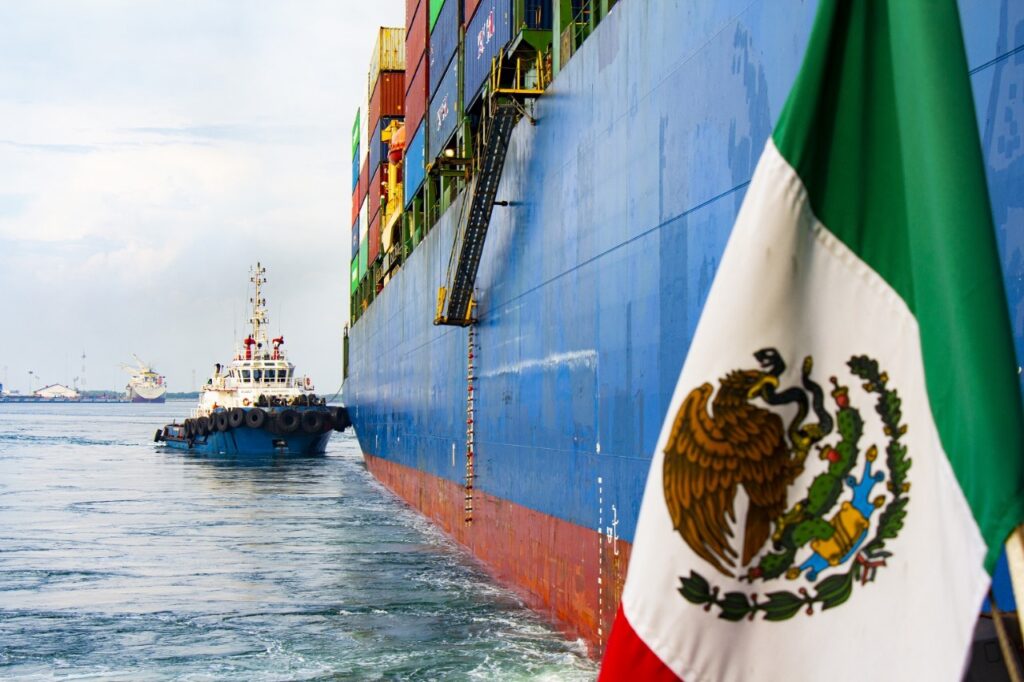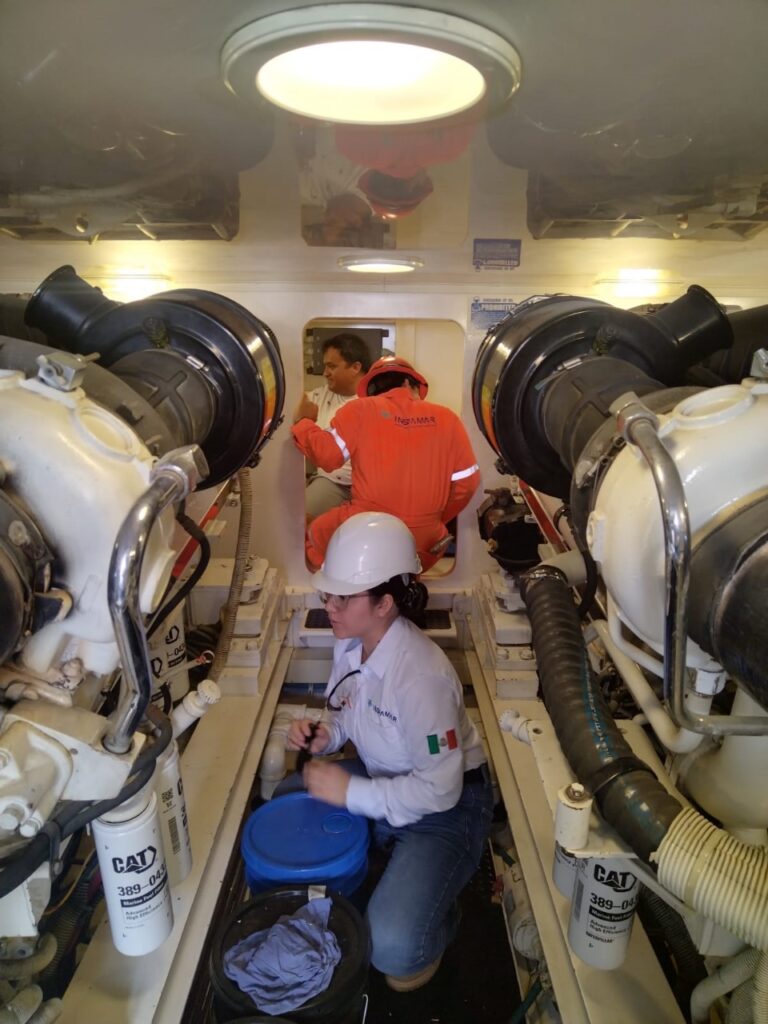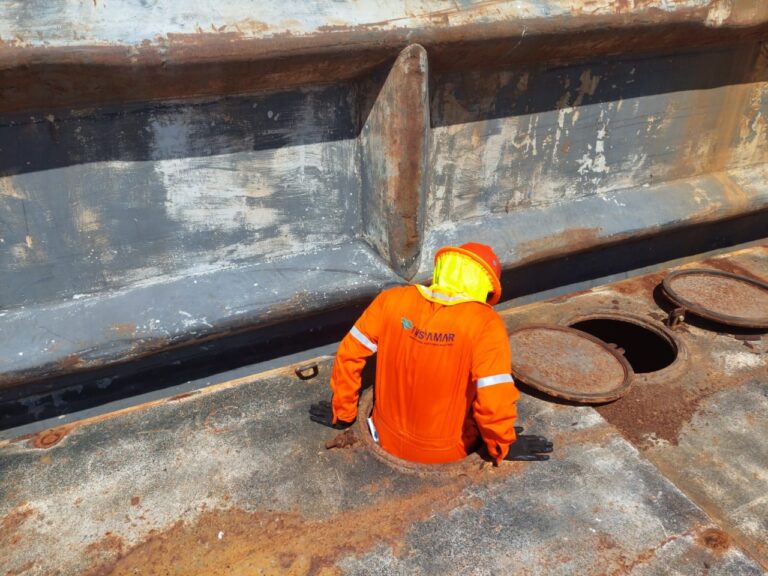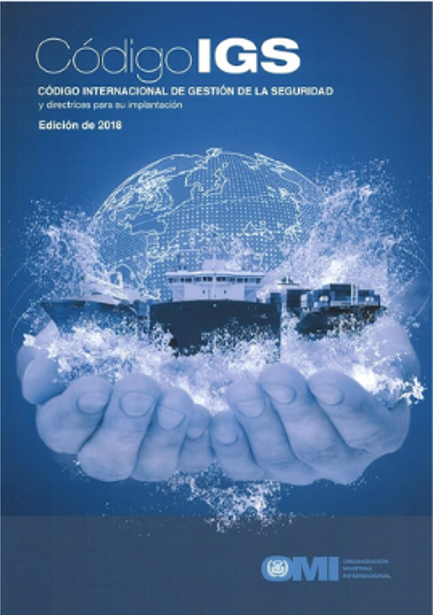
Inspamar – 2025
International Safety Management Code (ISM Code)
Importance
The growing concern over the numerous maritime accidents that occurred in the last decades of the 20th century, where it is estimated that 80% were caused by human error, led the International Maritime Organization (IMO) to develop the International Safety Management Code (ISM Code). Its origins date back to the late 1980s when the IMO, through Resolution A.596(15) adopted in 1987, began working on improving management standards in maritime transport. Finally, the ISM Code was made mandatory in 1993 through Resolution A.741(18) and came into effect on July 1, 1998.
What is the ISM Code?
The International Safety Management Code (ISM Code) is an international regulation established by the International Maritime Organization (IMO) aimed at ensuring the operational safety of vessels and preventing marine pollution. It requires shipping companies to implement a management system that defines clear procedures, designates responsible individuals both onshore and onboard, and promotes a safety culture. Additionally, it mandates documenting all policies in a Safety Management Manual, ensuring compliance with mandatory regulations to protect people, the environment, and maritime operations.

The ISM Code consists of a total of 16 articles that establish general principles and objectives, providing the necessary flexibility for its successful and widespread application.
Part A:
It is the mandatory part that describes the minimum compliance standards with the provisions of the code, consisting of the first twelve (12) articles, which together constitute the "implementation" part.
Generalities.
Principles on Safety and Environmental Protection.
Company Responsibility and Authority.
Designated Persons.
Captain's Responsibility and Authority.
Personal and Resources
Preparation of Plans for Onboard Operations.
Emergency preparations:
Reports and Analysis of Non-compliance Cases, Accidents, and Potentially Hazardous Events.
Vessel and Equipment Maintenance.
Documentation:
Verification by the Company, Examination, and Evaluation.
Part B:
It is the guideline of recommendations that describes the guidelines for the smooth execution of the code. Consisting of Articles 13, 14, 15, and 16, this part is dedicated to "Certification and Verification."
Certification and Periodic Verification.
Provisional Certification.
Verification
Certified Models.
Objectives of the ISM Code
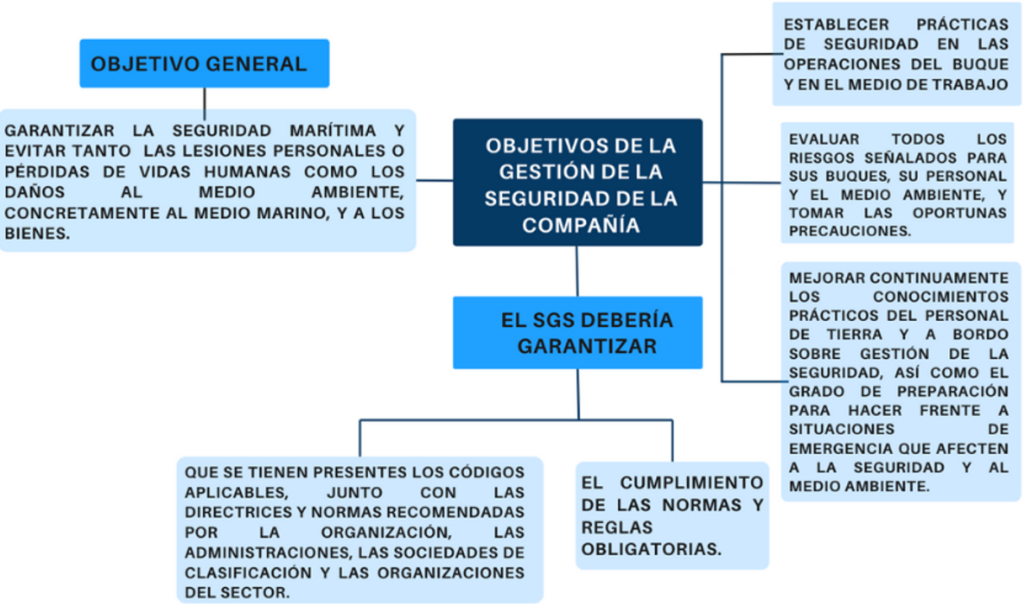
Application of the ISM Code
The following vessels are subject to mandatory compliance with the ISM Code, according to the effective dates specified in Rule IX/2 of the SOLAS Convention:
Since July 1, 1998:
Passenger vessels, including high-speed passenger vessels.
Oil tankers, chemical tankers, gas carriers, bulk carriers, and high-speed cargo vessels with a gross tonnage of 500 GT or more.
A partir del 1 de julio de 2002:
Buques de carga y unidades móviles de perforación mar adentro de arqueo igual o superior a 500 UAB.
Exception:
State vessels used for non-commercial purposes, as detailed in Rule II/2.
Certification of the company-vessel(s) pair.
| Certificate | Description | Validity and Frequency of Verification |
|---|---|---|
| Document of Compliance (DOC) | A certificate issued after the initial verification, confirming compliance with the ISM Code. | Annual verification conducted within three months before or after the anniversary date. Maximum of 12 months. |
| Interim Compliance Document (Interim DOC) | To facilitate the initial implementation of the ISM Code in new companies or transitional situations. | Periodic review during its validity (maximum 12 months). |
| Safety Management Certificate (SMC) | It certifies that the vessel complies with the approved Safety Management System (SMS). | At least one intermediate verification (between the 2nd and 3rd year). Validity: 5 years. |
| Interim Safety Management Certificate (Interim SMC) | For new vessels or changes in management before full certification. | Evaluation of progress within a maximum period of 6 months. |
Amendments to the ISM Code
The ISM Code became mandatory with the entry into force on July 1, 1998, of the 1994 amendments to the SOLAS Convention, which introduced a new Chapter IX in the Convention. Since then, it has been amended through various resolutions, such as:
I. In 2000, through Resolution MSC.104(73); these amendments came into force on July 1, 2002.
II. In 2004, through Resolution MSC.179(79); these amendments came into force on July 1, 2006.
III. In 2005, through Resolution MSC.195(80); these amendments came into force on January 1, 2009.
IV. In 2008, through Resolution MSC.273(85); these amendments came into force on July 1, 2010.
V. In 2013, through Resolution MSC.353(92); these amendments came into force on January 1, 2015.
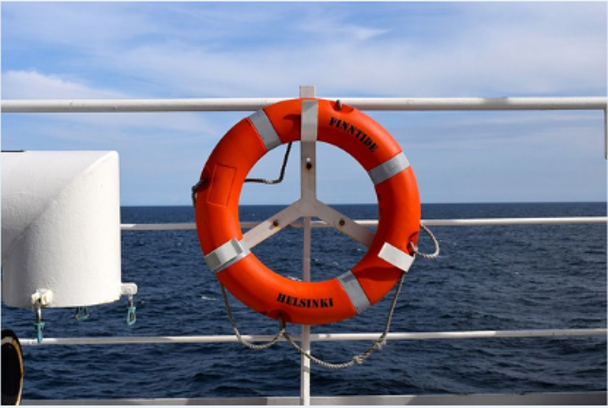
What is the latest version of the ISM Code?
The ISM Code is periodically amended to include new provisions or guidelines. The 2018 edition of the ISM Code is the most recent, according to Resolution A.788(19).

Application of the code for vessels flying the Mexican flag.
The Mexican Administration creates the regulatory framework to comply with the ISM Code through the provisions set forth in Article 393 of the Regulation of the Navigation and Maritime Commerce Law (RLNCM)which specifies the scope of application of the Code by making the following classification according to the type of navigation of vessels and/or Mobile Offshore Units:
1. Inland or cabotage navigation:
They must comply with the provisions established in the corresponding Mexican Official Standard.
2. Ocean navigation:
They must comply with the provisions set forth in Chapter IX of the SOLAS Convention and the ISM Code.
La NOM-036-SCT4-2007, Operational safety management and pollution prevention by vessels and naval artifacts.It was published in the Official Journal of the Federation (DOF) on August 17, 2007. It corresponds to standard 393 of the RLNCM, applicable to shipping companies and shipowners, as well as to their vessels or naval artifacts, that carry out voyages in inland and cabotage navigation, such as:
Vessels or naval artifacts for passenger transport of 100 gross tonnage or more.
Non-petroleum vessels transporting bulk hydrocarbons, with a total capacity of 200 cubic meters or more.
Cargo vessels with a gross tonnage of 400 tons or more.
Oil tankers with a gross tonnage of 150 tons or more.
Mobile offshore units with a gross tonnage of 500 units.
